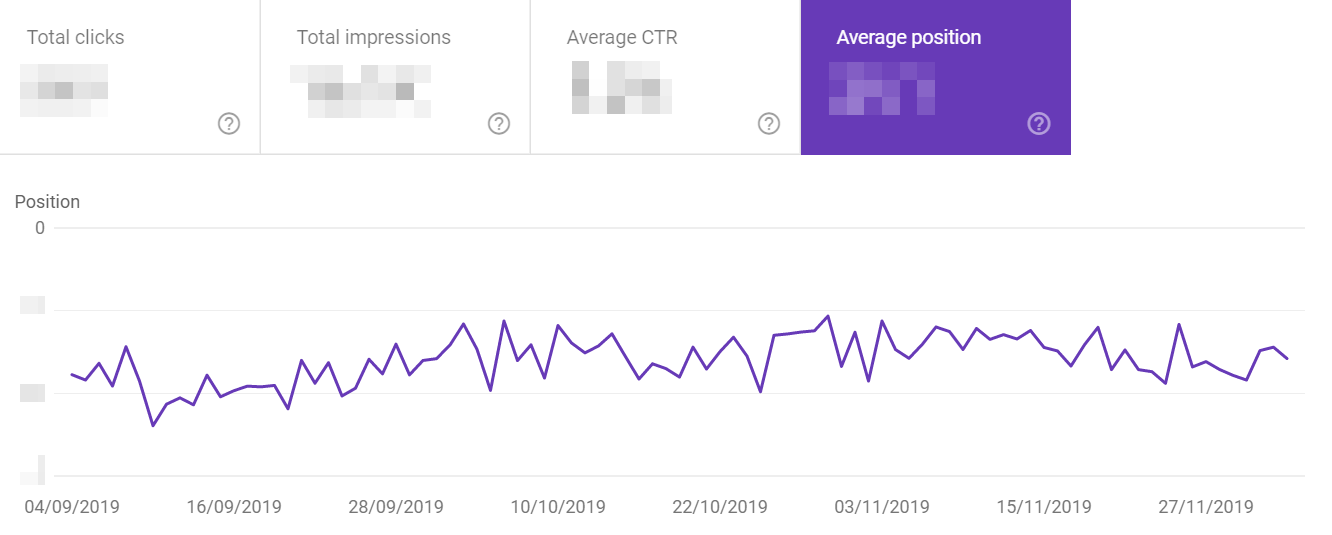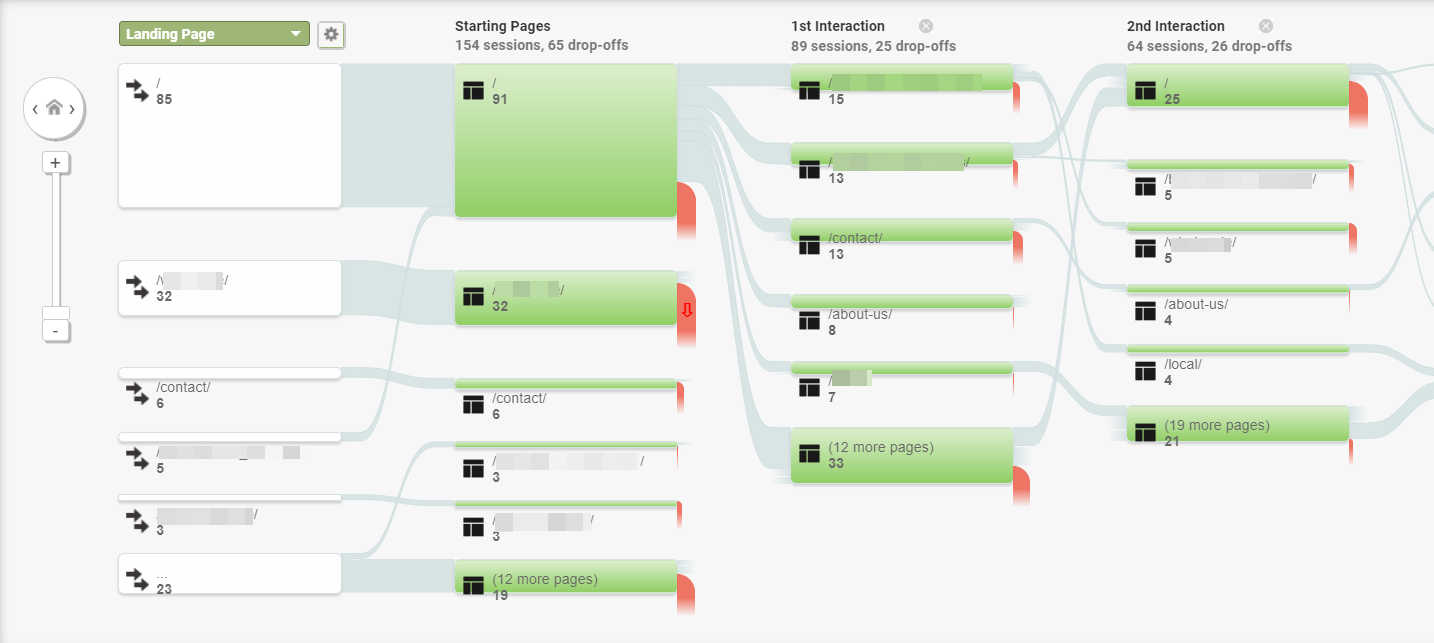Is your website fulfilling its true potential? Is your digital marketing campaign hitting the right notes?
These aren't questions you can answer without an understanding of the metrics that underpin your site.
A strong site is one that attracts targeted traffic and reliably converts them into paying customers. Measuring the effectiveness is the difference between coasting along, and attracting lots of new, lucrative customs
So, if you’re wondering what the most valuable metrics are to analyse when conducting an SEO audit, let us help.
But first, what is an SEO audit?
In short, it’s a document that tells you how your site is performing, and how to improve it. It’s a health check that comes complete with a list of recommendations on how to get better.
There are no one-size-fits-all criteria for what an audit includes, but here are some of the most important SEO metrics:
- Organic traffic.
- Search visibility (read: rankings).
- Site authority.
- Site security.
- Site responsiveness.
- Bounce rate.
- Pages per session.
- Link profile.
- Keyword targeting.
This guide is a whistle-stop tour of the metrics you need to measure. To get help with your SEO site audit, get in touch.
Measuring organic traffic
What it is: The number of people who click through to your site from organic search results.
Why it’s important: SEO is designed to boost organic traffic, so this is the key SEO engagement metric for determining the success of your efforts.
How to measure it: Google Analytics shows your traffic. You can customise the timeframe to see trends over time, and you can drill down into specific pages to measure traffic across your site. Just hit 'Audience' then 'Overview':

Measuring search visibility
What it is: Search visibility refers to how often your site is seen in SERPs, not how much people visit. It is often quantified by ranking.
Why it’s important: If your site ranks better, more people are more likely to visit. Knowing how well you rank for key terms lets you know how well you’re performing compared to competitors.
How to measure it: You can manually check through SERPs until you find your site, but a much more efficient tool is Google Search Console. Hit 'Performance' then select the 'Average position' box. You can also see how you rank for specific queries in the section below.

Measuring site authority
What it is: Various numerical metrics that show the relative strength of websites.
Why it’s important: Understanding how your site performs against others gives a good benchmark. Using a variety of metrics paints a better picture.
How to measure it: We recommend checking a few: AHRefs’ Domain Rating, Moz’s Domain Authority, and Moz’s Page Authority for key pages. Tracking movement over time gives an overview of the success of your SEO efforts: up means progress!
Measuring site responsiveness
What it is: Responsive design means your site works quickly and correctly on any device. That’s desktop, tablet, mobile, you name it.
Why it’s important: In 2018, 62.1% of web traffic was from mobile. In the same year, Google rejigged its ranking algorithms to prioritise mobile sites. If your site doesn’t work on mobile, you will rank lower and you will lose traffic.
How to measure it: Physically test on a range of devices to see how your site looks and behaves. Use inspection tools in browsers to simulate browsing on other devices, but be aware this is not perfect.

Measuring site security
What it is: HTTPS is the secure version of the hypertext transfer protocol that the internet largely runs on.
Why it’s important: Google says that 91% of browsing is on secure connections. As with responsiveness, a secure connection is considered a ranking signal. Securing your site keeps you ahead of this curve.
How to measure it: Head to your site and check for a padlock icon in the address bar. If it’s there, you’re secure. If it’s not, you’re not. Also, navigate to http://yoursite.co.uk and see if it redirects to the https version.

Measuring bounce rate
What it is: The ratio of people who leave your site after viewing just one page (the page they land on).
Why it’s important: High bounce rate can reveal underlying problems. Perhaps your site is too slow? People are impatient and hit the ‘back’ button quick. Or maybe your content doesn’t give people what they need?
How to measure it: Head to Google Analytics, then click 'Acquisition' and 'Overview'. Bounce rate is in the 'Behaviour' section of the table. You can drill down and see bounce rate per page, too.

Measuring pages per session
What it is: If people stayed on your site, pages per session shows how many - and which - pages they viewed.
Why it’s important: Understanding the route people take through your site, the pages they find, and any hurdles to their user journey lets you refine site structure.
How to measure it: Again, head to Google Analytics. Click 'Behaviour' then 'Behaviour Flow', and you'll see a chart showing user journeys from all landing pages. It shows drop-off points too, so you can see when and where people leave.

Measuring link profile
What it is: Backlinks are hyperlinks pointing at your site from other websites. They are considered a key ranking factor.
Why it’s important: A large number of quality backlinks is correlated with a strong site authority and good ranking positions. Understanding your link profile (that is, all the links pointing at your site) lets you ensure it contains natural, high-quality links. If you are engaging actively in link building it lets you track progress. You can also catch spammy links before they trigger spam warnings.
How to measure it: Tools like AHRefs and Moz Link Explorer give comprehensive information backlinks, including total number, the number of referring domains, the type of referring domains, quality of linking domain, and more.

Measuring keyword density
What it is: Keywords are words and phrases that give semantic relevance to your website. Google and other search engines based on their understanding of websites largely on the text content.
Why it’s important: Search engines need to understand your site content to decide how to rank your website. Keywords are a reliable way to communicate clearly and effectively what your site is about. They provide structure, signposting, and semantic meaning to human readers and crawlers alike.
How to measure it: For the best results, look at page copy, metadata, and image alt tags to check they make the grade. Keyword density checkers give pointers on effective distributions. Use Screaming Frog to check keyword-rich copy is present everywhere it should be on your site. To find the right keywords, use Google Keyword Planner.

Happy auditing!
This guide is designed as a starting point for an SEO audit. We’ve briefly introduced some of the key metrics you need to be tracking, and shown you how to measure them.
A good SEO audit paints a clear picture of the strengths and weaknesses of your site. It acts as a roadmap of tasks to maintain the strengths and improve upon the weaknesses, with a view to increasing the strength of your site over time. With this will come more traffic, higher conversion rate, and more paying customers.





